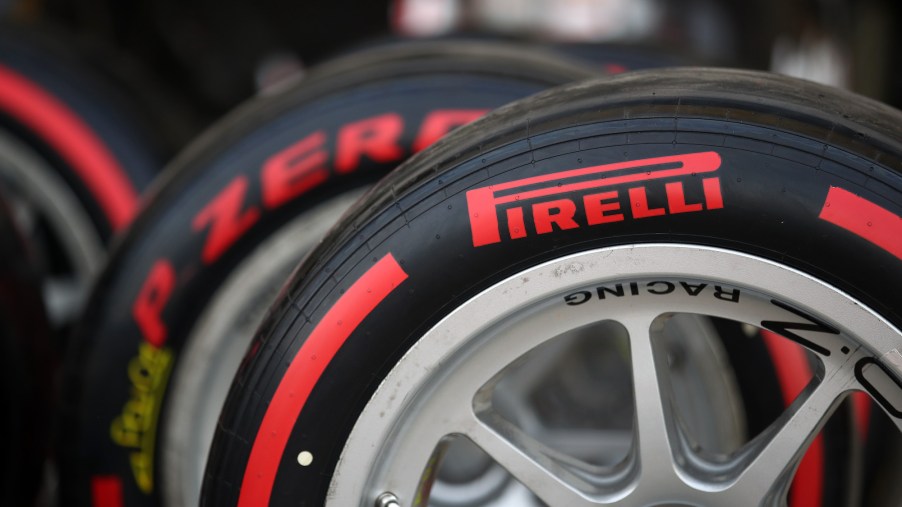
Why You Should Never Buy a Tire Based on Its Warranty
If you’ve driven cars, you’ve likely experienced a flat tire at some point. Whether it’s a blowout on the highway or deflation in your driveway, a flat is a major inconvenience. Your first instinct might be to call road service. Or you speed-dial your insurance company, knowing your policy covers roadside assistance. Or you might even push up your sleeves and change the tire yourself.
Regardless of how you choose to fix a flat, there’s always a chance you’ll have to replace the tire. That’s where the warranty comes in. If you got an extended warranty when purchasing the tires, you might be in luck. But more likely than not, that warranty will probably be useless.
There are so many parameters and restrictions on tire warranties that it’s usually not cost-effective to purchase the added coverage. The focus should be on buying new tires based on tread wear and safety ratings.
A tire warranty is basically useless
Most reputable tire brands offer a basic warranty to cover the rare occurrence of manufacturer defects. They’re usually valid only for a certain amount of time, typically a year. Some companies base the coverage on tire wear, commonly offering protection only for the first 2/32 of an inch of tread.
Retailers often offer road hazard warranties that cover only a portion of the expense for replacing a damaged tire. There’s typically a small fee at the time of purchase. But sometimes the coverage is more inclusive than original manufacturer tire warranties.
“The protections can sound impressive, but expect to pay for mounting and balancing the tire, disposal charge for the old tire, and taxes,” Consumer Reports notes. The consumer site also points out “tire failure related to abuse, misuse, accident, improper repair, and vehicle mechanical failure are typically excluded from these warranties.”
These restrictions usually render the warranty useless, leaving you to pay out of pocket for a new tire.
Don’t base your buying decision on a tire’s warranty
Because most of these warranties don’t hold up in value, it makes sense to purchase tires based on performance rather than a coverage plan. Factors to consider when purchasing new tires include cost, size, vehicle type, and the road conditions you expect to encounter most often. You should also consider seasonal or all-weather tires.
Treadwear ratings are another factor worth considering. Located on the sidewall of every tire is the word “treadwear.” The rating, listed as a number, specifies how long you can expect a tire to last. The higher the number, the longer it should stay on the road. Consumer Reports says most tires are rated “between 50,000 and 90,000 miles.”
Another way to determine a tire’s expected lifespan is to look at the manufacturer’s tread life warranty. “The industry’s general rule is that about three-quarters of all drivers will find that their tires last at least as long as the mileage listed in the tread life warranty,” Car and Driver explains.
A few warranties worth considering
Some of the best tire brands go above and beyond by offering warranties that may be worthwhile. Falken, for example, offers a two-year term that covers most tires up to 3/32 inches of tread wear.
Manufacturers such as Bridgestone, Hankook, Nexen, and Continental offer complimentary road hazard warranties. Big-box retailers such as Costco and BJ’s Wholesale Club provide extended coverage periods that might prove beneficial for certain vehicles.
Woody Rogers, the director of information at Tire Rack, told Consumer Reports that “major tire brands all include comparable warranty coverage.” He suggests you focus on a tire’s quality and performance when selecting a replacement. “Once you narrow down your choices, if the best option for you isn’t quite clear, use the subtle differences in tire warranty between brands as the tie-breaker,” he says.


